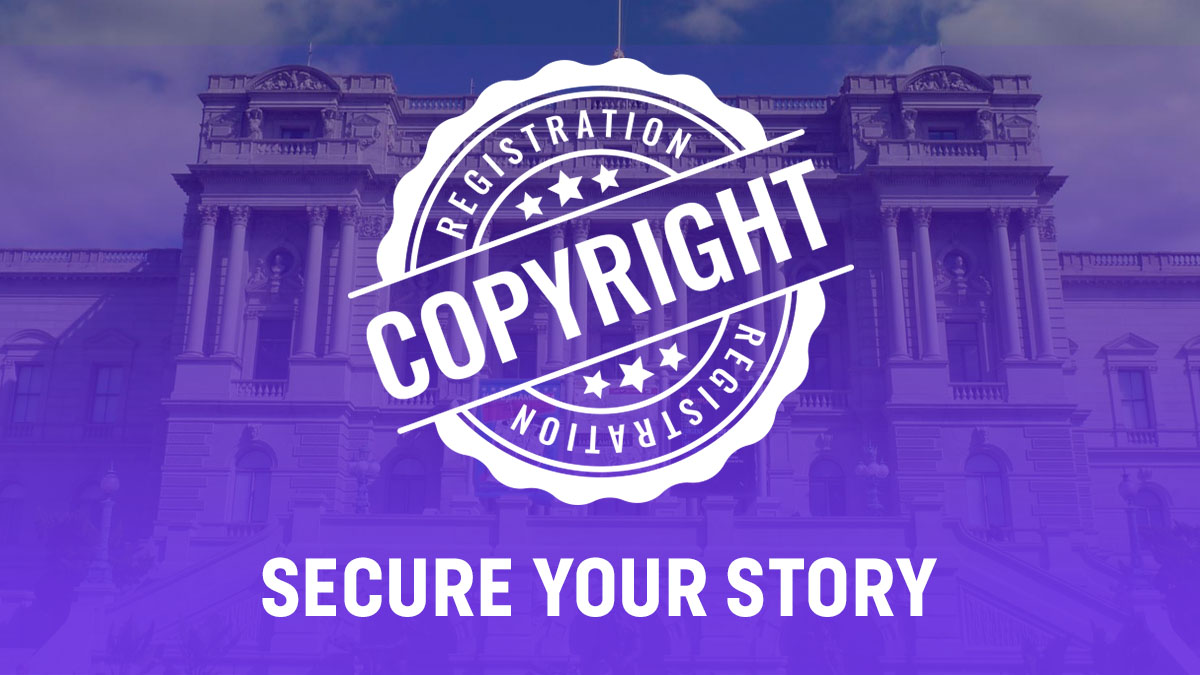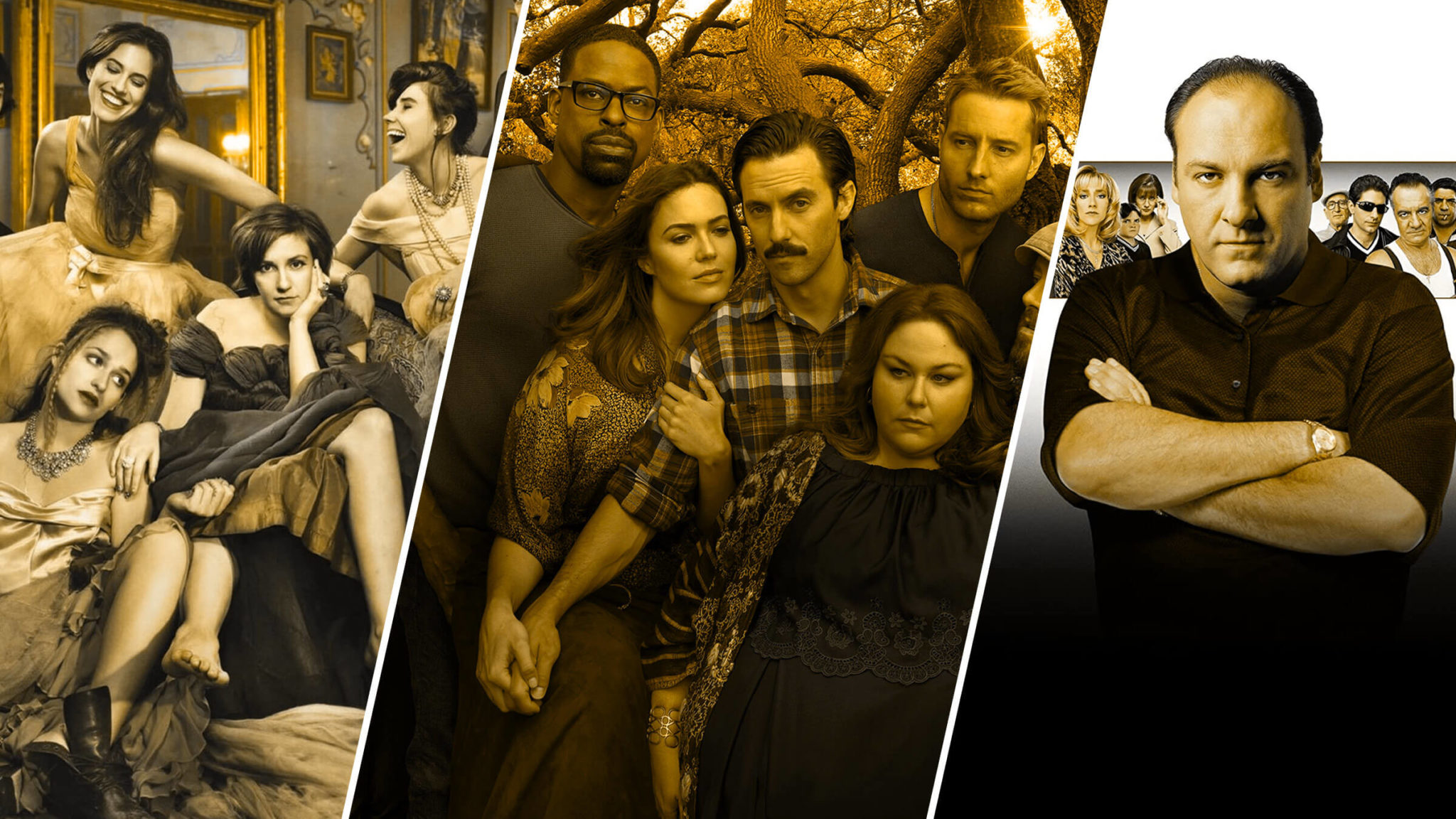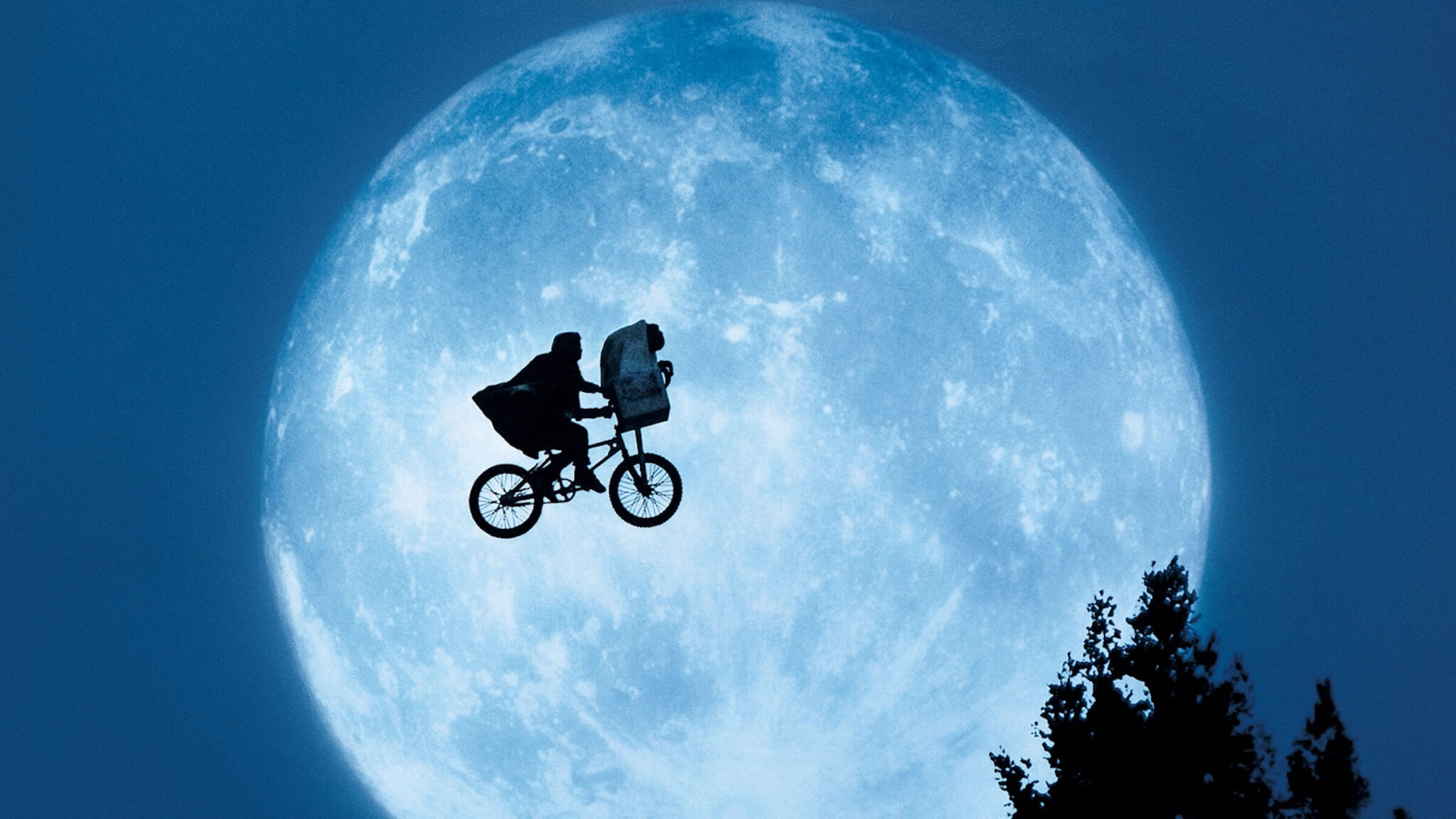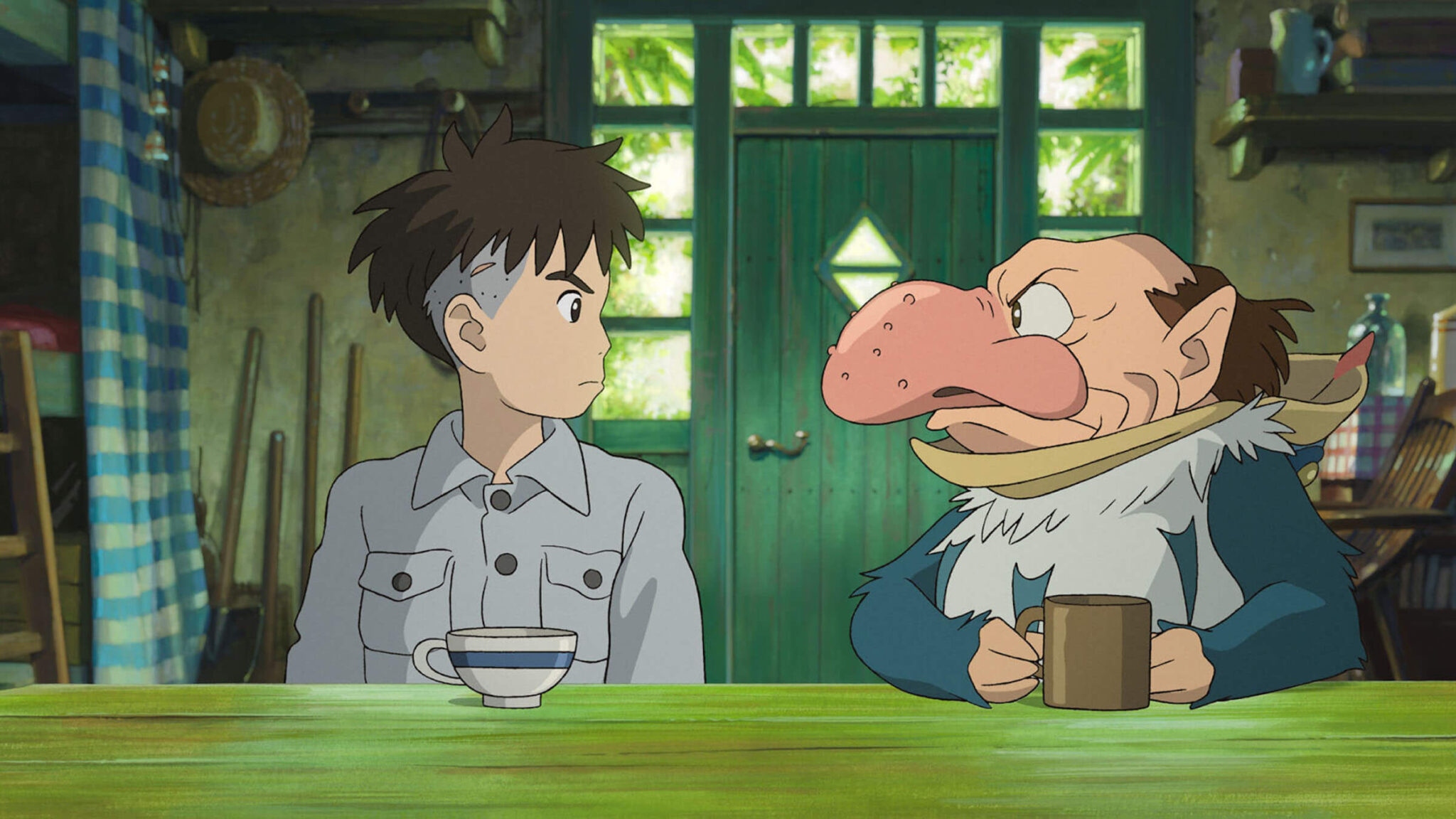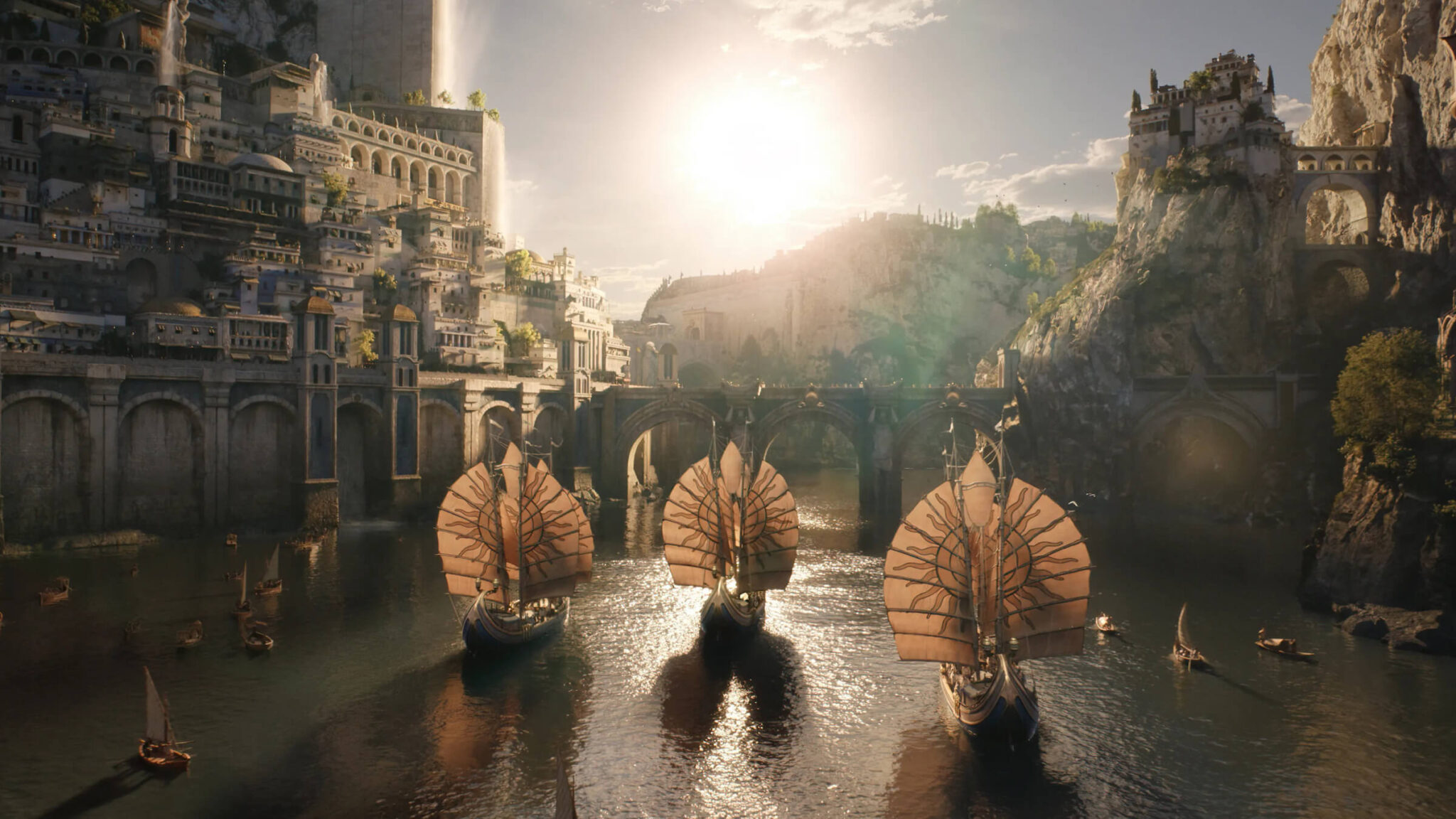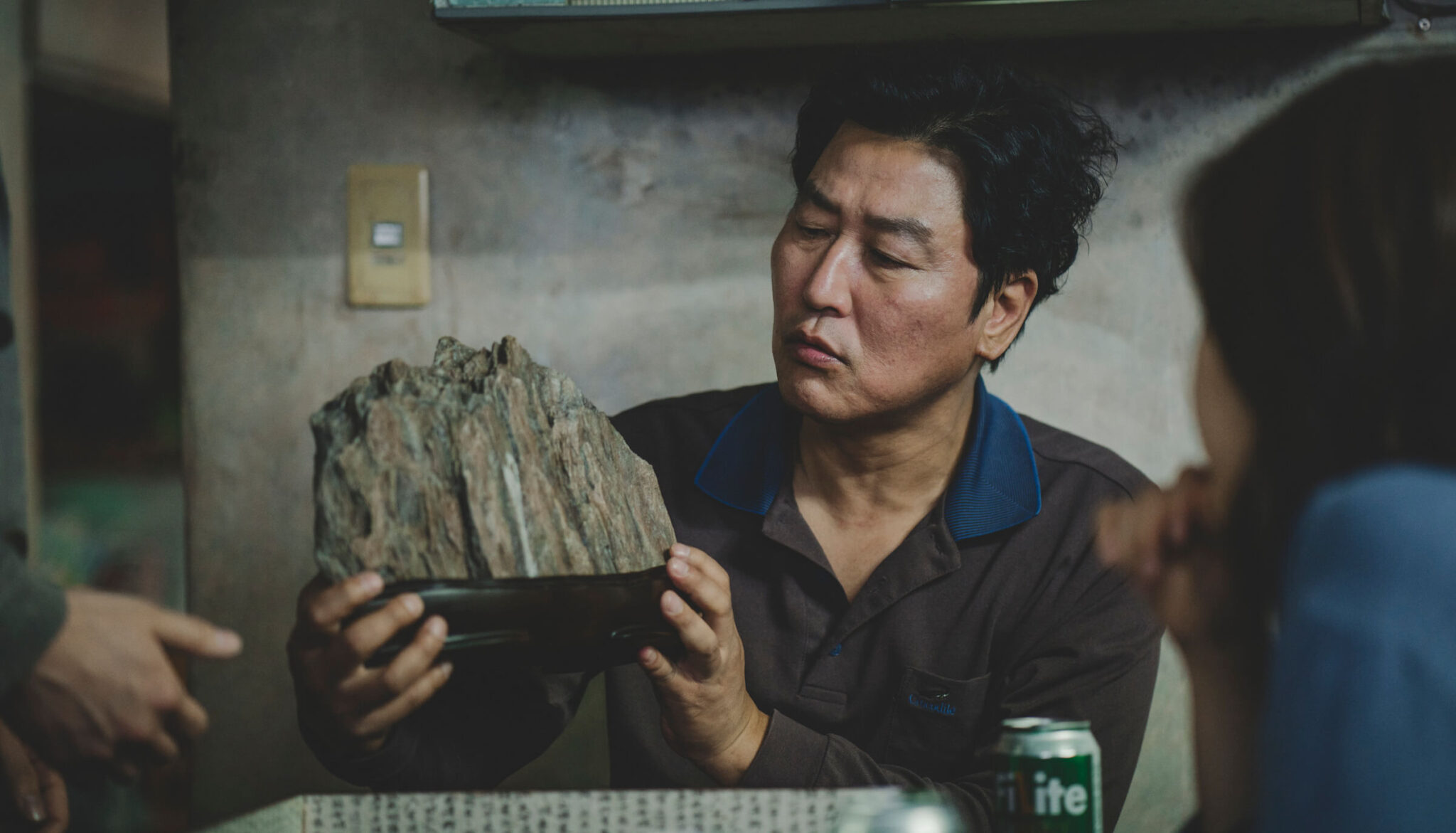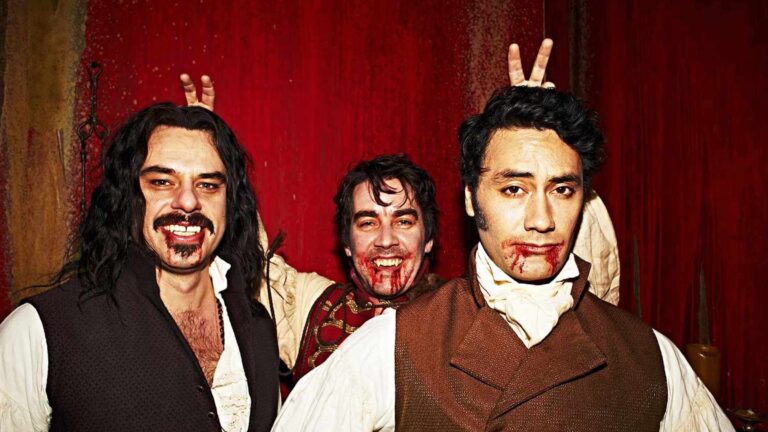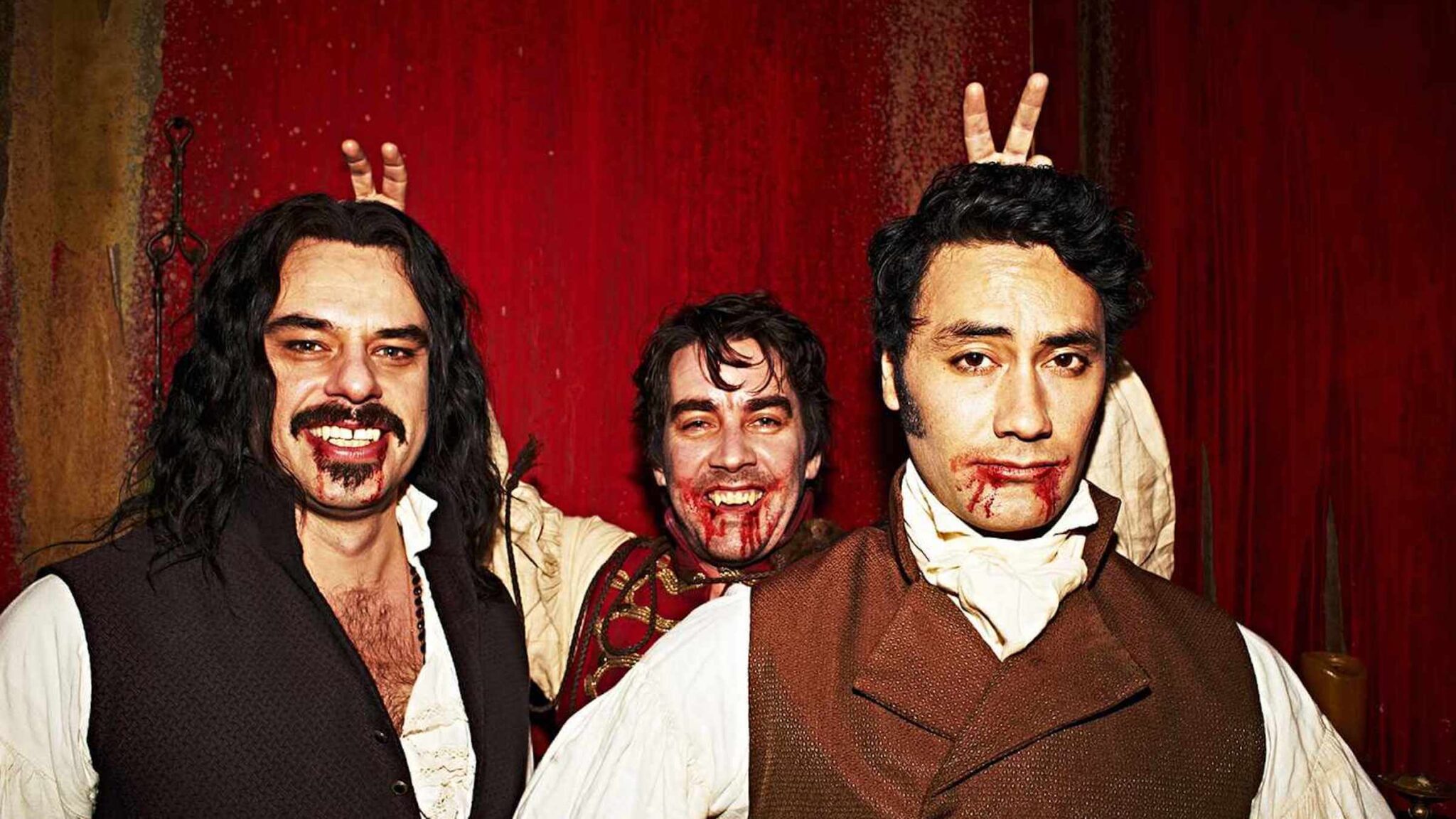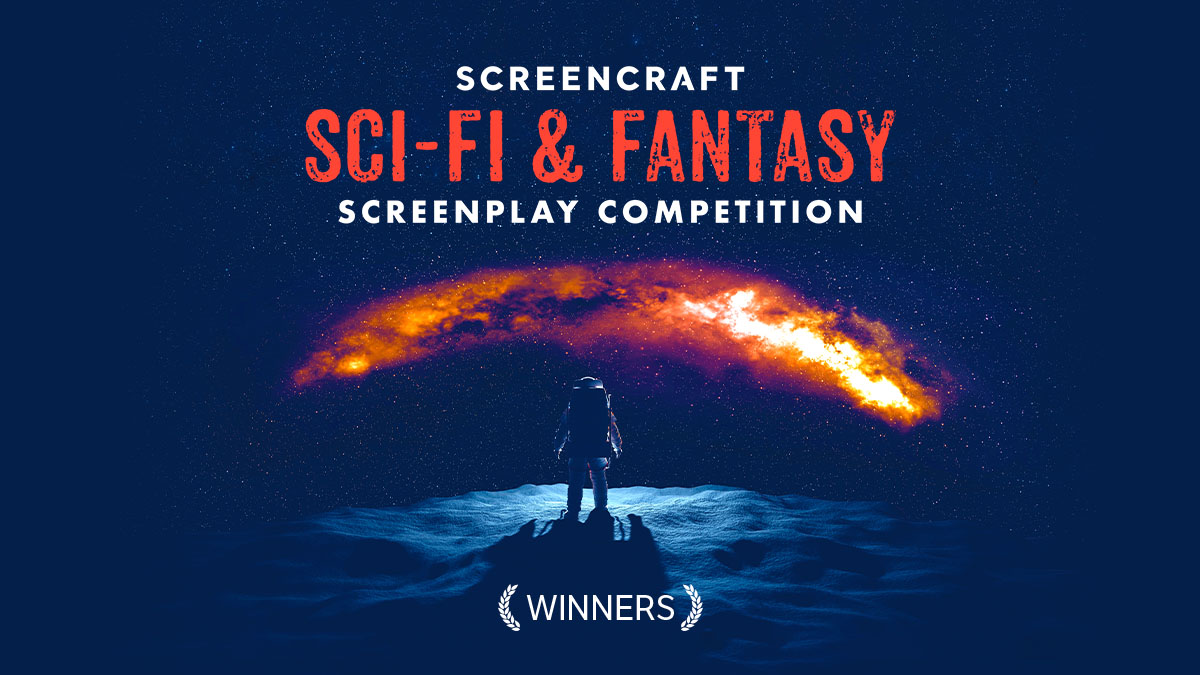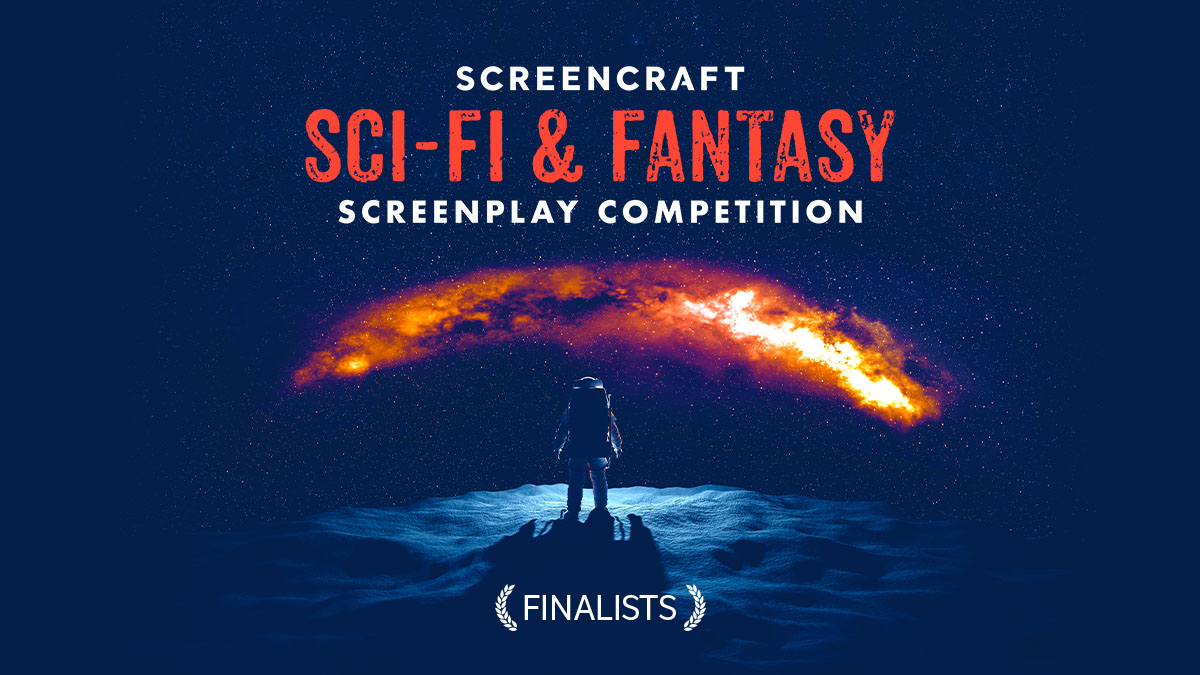How to Write a Dystopian Movie or TV Show
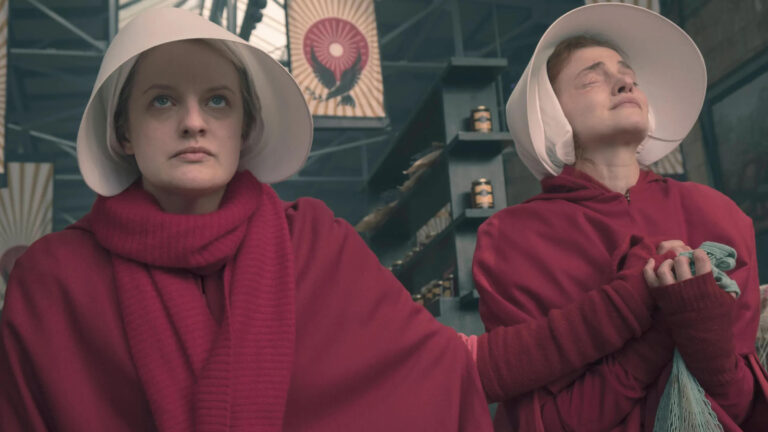
Utopia is a narrative term created by writer Sir Thomas More as the title of his fictional political satire published in 1516. It created the idea of a near-perfect society with little crime, poverty, or violence. It later evolved into the notion of paradise — an ideal place that most would love to live in. Sounds great, right? Well, with every paradise comes its antithesis. That place is known as a Dystopia. So, how do you write a dystopian movie or TV show? Let's break it down!
What is a Dystopian Story?
A dystopian story is characterized by its portrayal of a fictional society or world that is marked by oppression, suffering, and often, a sense of hopelessness or despair. If a utopian society is the ideal place to settle, then a dystopian society is most people’s worst nightmare.
Dystopian settings are frequently marked by:
- Anxiety
- Anguish
- Fear
- Distress
- Tyrannical governments and oppressive authorities
- Catastrophic deterioration in societal conditions
Just imagine the worst a society could get — that’s pretty much the setting of a dystopian story. And within those settings, you usually witness protagonists rising up against tyrannical and oppressive antagonists and villains that have control over the people by way of propaganda, censorship, lies, denial of free thought, and enforcement of conformity.
Read More: The Biggest and Baddest "Big Bads" of Sci-Fi & Fantasy
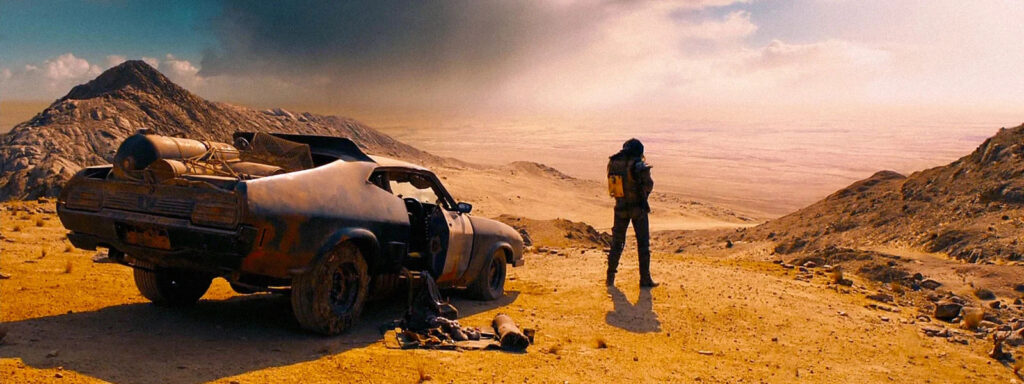
'Mad Max: Fury Road'
Examples of Dystopian Movies and TV Shows
Examples of cinematic dystopian stories include:
- 1984: Based on George Orwell's novel, the film portrays a totalitarian society where the government monitors and controls every aspect of people's lives.
- THX: 1188: In the 25th century, a time when people have designations instead of names, a man, THX 1138, and a woman, LUH 3417, rebel against their rigidly-controlled society.
- Blade Runner: Set in a bleak future, this film follows a detective who hunts down rogue artificial humans known as replicants in a dystopian Los Angeles.
- The Matrix: This sci-fi classic envisions a world where humanity is enslaved by machines and trapped in a simulated reality, while a group of rebels fights to free them.
- Children of Men: In a world where infertility has led to a global crisis, a disillusioned bureaucrat becomes involved in protecting a pregnant woman who may hold the key to humanity's survival.
- The Hunger Games: Based on the best-selling novels, the franchise is set in a future society divided into districts and follows a young woman who must participate in a brutal televised competition to the death.
- Mad Max: Fury Road: This post-apocalyptic action film features a wasteland where resources are scarce, and a group of rebels fights against a tyrannical warlord.
- Snowpiercer: After a failed climate-change experiment freezes the Earth, the last survivors live on a train that circles the globe, with social classes and conflicts emerging onboard.
- The Handmaid's Tale: Based on Margaret Atwood's novel, the TV series depicts a future where women are subjugated and used for reproductive purposes in a theocratic society.
- The Last of Us: Based on the hit videogame series, the TV series depicts a postapocalyptic zombie-like story where a pandemic has killed off much of society. The dystopian element is showcased by a paranoid government body that becomes oppressive to ensure the survival of the human race while attempting to do so in a very inhuman way.
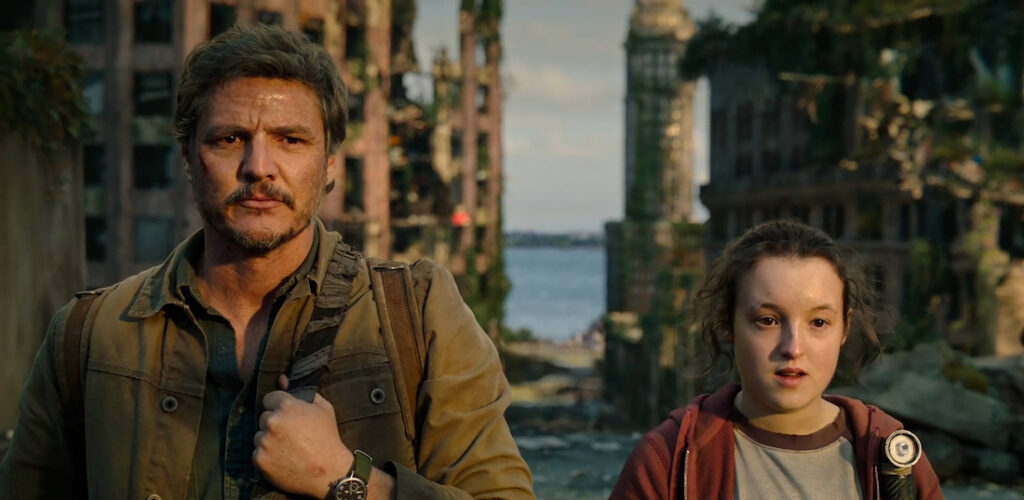
'The Last of Us'
Key Themes to Use in Dystopian Movies
You have a plethora of story options and themes to utilize when writing a dystopian movie or TV show. Here are just a few:
Totalitarian or Oppressive Government
This is where you usually start. Dystopian movies typically feature a government or ruling authority that exercises extreme control over its citizens.
- A totalitarian regime
- A dystopian dictatorship
- A surveillance state
These governing or ruling powers often enforce strict rules and regulations that limit individual freedoms to maintain their power. This will become the source of all of your story's conflict — and dystopian movies need a lot of it.
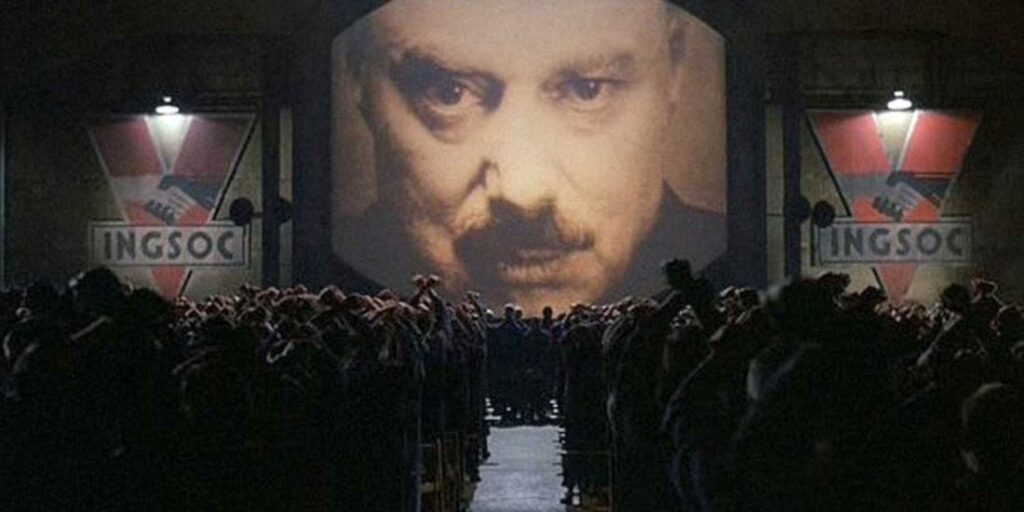
'1984'
Social Injustice
This is where your characters come in. Dystopian societies are often marked by profound social inequality and injustice. Discrimination based on class, race, or other factors is common in these stories and drives the character arcs of your protagonists.
There is usually a clear divide between the privileged elite and the oppressed masses. That will fuel the conflict within the story and begin the arc of your characters as they deal with these conflicts.
Lack of Personal Freedom
Dystopian worlds frequently depict a lack of personal freedoms and civil liberties. Citizens may be subjected to constant surveillance, censorship, curfews, or restrictions on their actions, thoughts, and speech. This creates a boiling point where your characters move from the first act to the second as they rise up against those who oppress them.
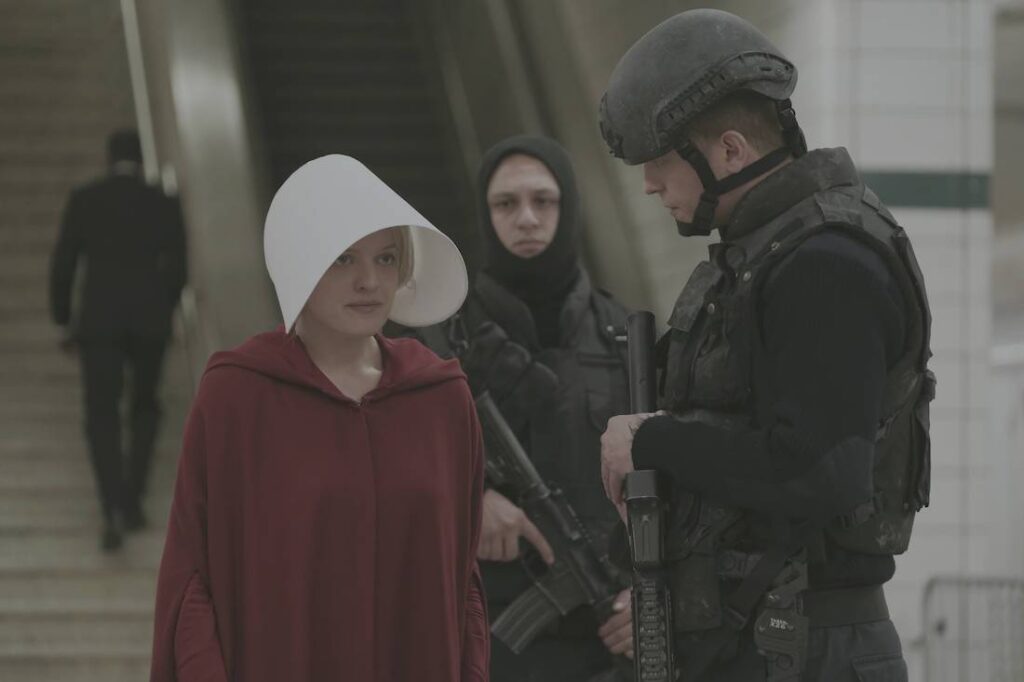
'The Handmaid's Tale'
Economic Hardship
Economic hardship is also a common theme in dystopian movies. Audiences can often relate to this element because it exists in the world we live in today. In these dystopian stories, many citizens struggle to survive due to the scarcity of resources. This economic hardship can reinforce the divide between the haves and the have-nots — creating that boiling pot dynamic within characters that are looking to break free from their strife.
Technological Control
In some dystopian stories, advanced technology is used as a tool of control and oppression. Governments may use technology for surveillance, mind control, or to maintain their grip on power. This dynamic creates an excellent series of conflict hurdles that your characters must surpass.
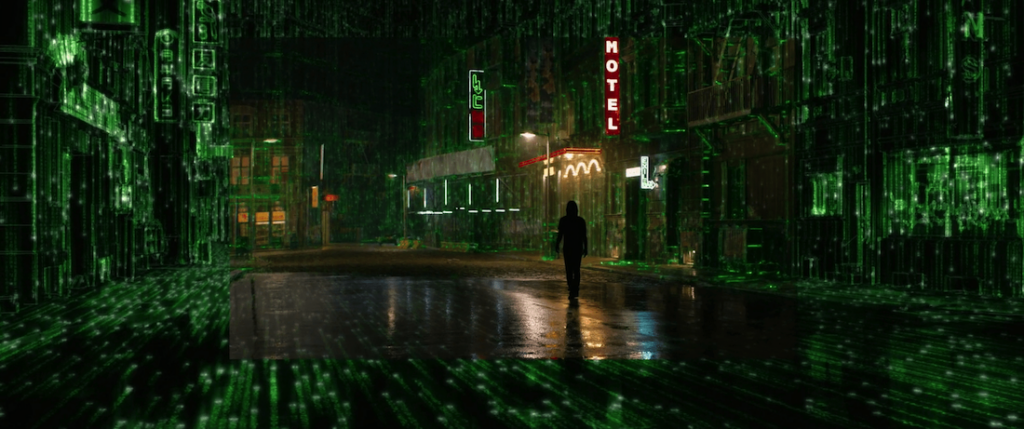
'The Matrix Revolutions'
Environmental Decay
Many dystopian movies explore environmental degradation and the consequences of unchecked pollution, climate change, or ecological disasters. These factors contribute to the overall bleakness of the setting. This is often used as a forewarning to audiences when it comes to possible circumstances of issues we face today in our society.
Loss of Individuality
In dystopian societies, individuality and personal expression can be suppressed. Citizens may be forced to conform to a rigid set of norms and expectations, and any deviation from these norms is punished.
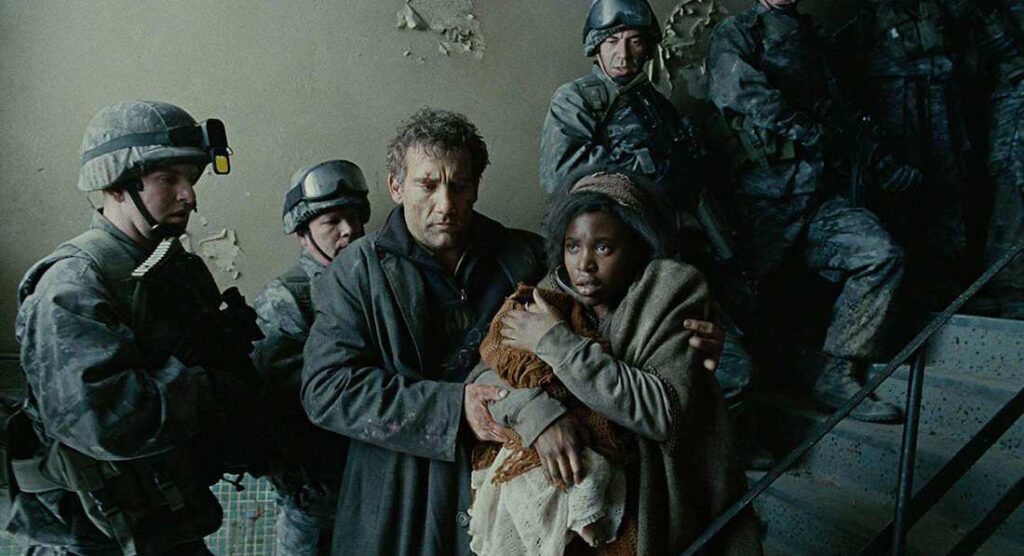
'Children of Men'
Resistance or Rebellion
As mentioned above, many dystopian stories feature a protagonist or group of individuals who resist the oppressive regime. These characters often embark on a journey to challenge the status quo and seek freedom or justice. This works as both a character element and a story element.
Commentary on Contemporary Issues
Screenwriters and filmmakers often use dystopian stories to serve as social and political commentary, highlighting and exaggerating issues and trends present in the real world today. This is where you can really get the audience to relate to the issues the characters are dealing with because they are augmented, exaggerated, and speculative versions of what we see in today’s society around us. Look no further than the likes of The Handmaid’s Tale for an example — a series that stands as the result of the tipping of scales from where we may be teetering today.
So, all, or at least some, of these elements are where you should start in your dystopian screenplay. Now let’s explore the basics of how you can develop and write your story.

How to Write Your Dystopian Movie
In the end, it’s your creativity, ingenuity, and vision that will create the next great dystopian film. But here are some foundations that you can use to develop and write your story.
Start with Worldbuilding
Dystopian stories are initially all about the world you build. That’s what really stands out. Rebellions and uprisings are great — and all of that will come — but what will differentiate your dystopian story from all of the others that came before yours will be the particular dystopian world you build.
Ask yourself these development questions:
- What started this dystopian society?
- Is it post-apocalyptic, near-future, or set on another planet?
- What is uniquely frightening about the dystopian world you’re going to build?
You need to see this world. You need to know what it looks like, what it feels like, what it sounds like, and how those elements are different from what we’ve seen in prior dystopian movies.
Find Relatable Themes and Issues to Explore
You want and need to connect with the audience. The easiest way to do that with a dystopian story is to find those augmented, exaggerated, and speculative versions of what we see in today’s society around us — and then use them to wrap around the world you are creating.
Ask yourself questions like:
- What if we let corrupt politicians have all of the power?
- What if we allowed Artificial Intelligence to run our world?
- What if we had a second Civil War?
- What if we had a Third World War?
- What if we ignore global warming?
Whatever the hot point issues in our current world may be, you can find themes to explore.
Create Your Cast of Characters
Then you need to figure out who the characters who populate your dystopian world.
- Who is the oppressor?
- Who is being oppressed?
- How are they being oppressed?
- For what purpose is the oppressor oppressing people?
- Who is going to rise up against the oppression?
- Why are they the ones to lead the resistance or uprising?
Your lead protagonist(s) need to have a higher purpose and a deeply layered inner character arc to warrant them being the ones to lead the oppressed.
Your supporting characters need to fill in the blanks that the protagonist(s) lack.
And let’s not forget the most important element — the antagonists and villains. They need to embody the oppression that the protagonists are fighting against. While the protagonists can preach about the oppression they face, and the reasons why the oppression is inhumane enough not to live under any longer, the antagonists and villains need to embody why they feel the oppression is necessary.
This leads to the ultimate conflicts of your story as protagonists versus antagonists/villains boils and boils until the pressure can’t be contained any longer.
Start with the Ordinary World of the Protagonist
Presenting your main character in their everyday life at the start of your dystopian story provides an opportunity to showcase the start of their inner and outer character arc.
It then shows how profoundly difficult their journey is going to be when faced with the choice to take the call of adventure to rise up against the dystopian oppressors.
- Show the oppression.
- Show their struggle.
- Show their ordinary life and how it will be rocked when they choose to rise up.
Now, you have a couple of options on how to showcase their ordinary world.
- Show them under the rule of the oppressors.
- Introduce them on the outskirts of the oppression and wanting to free their people.
- Or, as a third option, have them be part of the oppression who wakes up and decides what they’ve been doing was wrong.
Consider the Ordinary World openings of the following:
- In The Hunger Games, Katniss is living in District 12 with her family, struggling to survive.
- In The Handmaid’s Tale, June is on the outskirts of the oppression, trying to escape to Canada when she, her husband, and her daughter are caught by Gilead foot soldiers.
- In The Last of Us, Joel is working the dystopian system to survive and try to find a way to find his brother. While he’s not the oppressor, he’s also not trying to lead an uprising against them. He’s doing what he can to survive.
Read More: Exploring the Twelve Stages of the Hero’s Journey Part 1: The Ordinary World
The Rest is Up to You
There’s no one single way to write any genre or subgenre of movies. When you’re dealing with a subgenre like dystopian movies, you need to educate yourself on the common elements that define such a story (see above) and find a unique and interesting take on it.
- Subvert expectations.
- Find ways to offer unexpected twists and turns.
- Take the audience down one path, only to push them onto another.
- Play with character archetypes, cliches, and tropes.
- Find unique set pieces and sequences.
- Pile on the conflict.
- Raise the stakes.
Know what a dystopian story is, embrace the key story and character elements, build your dystopian world, consider finding relatable themes and issues audiences can identify with, create a compelling cast of characters on both sides of the struggle, showcase their ordinary world while selling the setup to the audience, and then find ways to make your dystopian story engaging and unique.
Read More: 101 Epic Sci-Fi Story Prompts

CHECK OUT OUR SCI-FI & FANTASY NOTES SO YOU START YOUR STORY OFF ON THE RIGHT TRACK!
Ken Miyamoto has worked in the film industry for nearly two decades, most notably as a studio liaison for Sony Studios and then as a script reader and story analyst for Sony Pictures.
He has many studio meetings under his belt as a produced screenwriter, meeting with the likes of Sony, Dreamworks, Universal, Disney, and Warner Brothers, as well as many production and management companies. He has had a previous development deal with Lionsgate, as well as multiple writing assignments, including the produced miniseries BLACKOUT, starring Anne Heche, Sean Patrick Flanery, Billy Zane, James Brolin, Haylie Duff, Brian Bloom, Eric La Salle, and Bruce Boxleitner, the feature thriller HUNTER'S CREED, and many produced Lifetime thrillers. Follow Ken on Twitter @KenMovies and Instagram @KenMovies76.
Get Our Screenwriting Newsletter!
Get weekly writing inspiration delivered to your inbox - including industry news, popular articles, and more!





